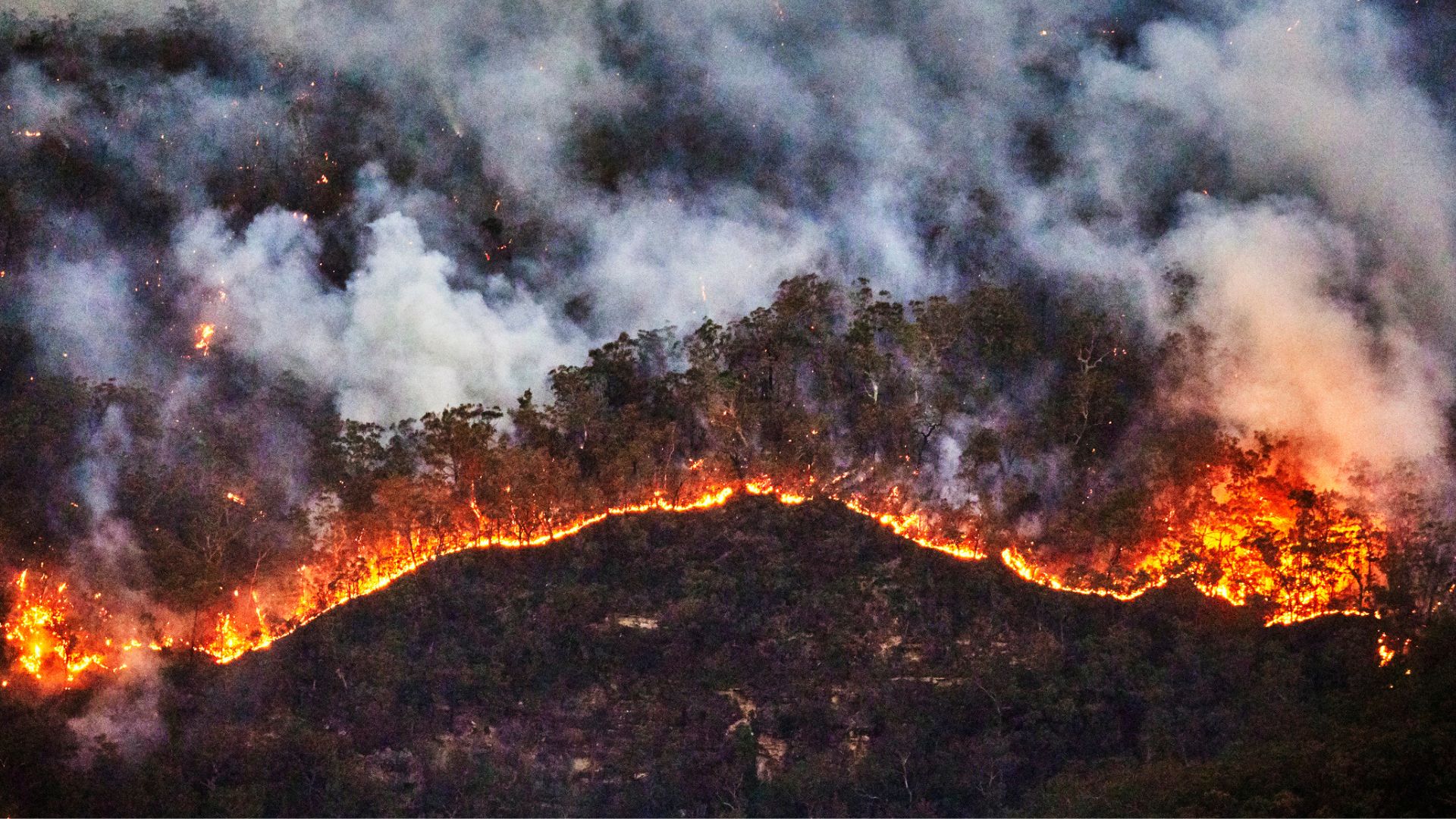Researchers are now assessing the mortality impacts of wildfire smoke, as it contains pollutants like PM2.5 that have been previously linked with death and morbidity. However, they’ve now found that they had drastically underestimated just how dangerous wildfire smoke is.
The results of this extensive study, conducted by the Barcelona Institute for Global Health (ISGlobal), were published in The Lancet Planetary Health. Researchers analyzed large datasets spanning multiple countries to assess how health is affected by exposure to wildfire smoke. They found that wildfire pollutant PM2.5 may even be more harmful than particles from traffic emissions.
In a key finding, researchers admitted that the mortality risks were underestimated by 93 percent. This revelation highlights the critical importance of using risk data adapted to the specific type and source of the pollutant, especially in the context of increasing wildfire smoke exposure driven by the climate crisis.
“The rising frequency and intensity of wildfires,” Anna Alari, ISGlobal researcher and study author, explained in a recent press release, “makes improving estimates of PM2.5-related wildfire mortality rates imperative to better track this “climate change-related threat.”
Wildfires are bad for you
Global Health researchers tackled this growing threat to humanity by relying on data from the EARLY-ADAPT project, which includes daily mortality records across 654 contiguous regions in 32 European countries, covering a population of 541 million people, as per a press release.
They combined this data with daily fire-related and non-fire-related PM2.5 estimates from 2004 to 2022. To better analyze the short-term mortality impacts of wildfire smoke, they had to take into account that health problems might not manifest immediately, so they broadened their scope to assess all deaths from all causes, including respiratory and cardiovascular.
In the seven days following exposure, researchers found that exposure to these harmful chemicals increased the risk of death to a shocking degree. The press release continued, “For every one microgram per cubic meter (1 µg/m³) increase in PM2.5 concentration, all-cause mortality rose by 0.7%, respiratory mortality by1%, and cardiovascular mortality by 0.9 percent.”
Researchers underestimated the dangers of wildfire smoke
Short-term exposure was responsible for an average of 535 deaths from all causes, including 31 from respiratory diseases and 184 from cardiovascular causes. This significant breakthrough in public health information was possible because they improved their methods to evaluate the impact of wildfire pollutants versus other pollutants.
“These estimates were made using specific data on how wildfire smoke affects health, allowing for a better calculation of its impact compared to other pollution sources. In contrast, when using a general value of risk for all fine particles (PM2.5), regardless of their origin, only 38 deaths per year from wildfire smoke were estimated. Therefore, assuming that wildfire PM2.5 has the same effect as total PM2.5 represents a 93% underestimation,” as per the press release.
The actual mortality rate was nearly 14 times higher.
Beyond finding the true risks associated with wildfire smoke, the study also pinpointed the most effective way of measuring the impact of related pollutants—by adapting the risk data to the specific type and source of the pollutant.
“Improving estimates of PM2.5-related wildfire mortality will help better track the burden of this climate change-related threat to public health,” Anna Alari concluded in the press release.
You can read the study in The Lancet Planetary Health.
